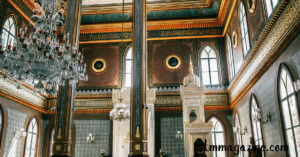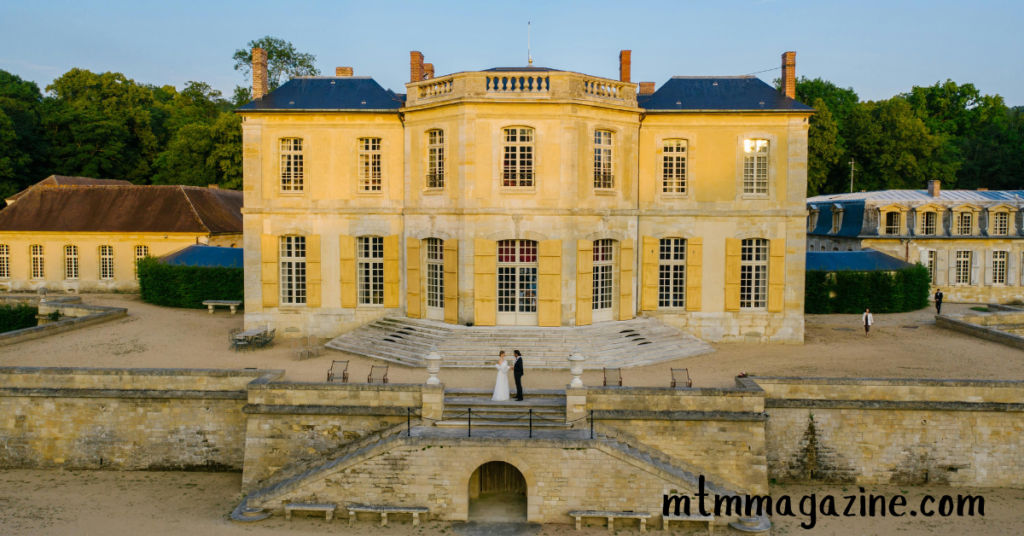Adding a patio to your home can transform your outdoor space into a relaxing retreat. However, if you want to create a truly stunning patio that stands out, consider drawing inspiration from luxury history patios. These classic designs have stood the test of time, blending elegance with functionality. In this article, we will explore the history behind luxury patios and offer tips on how to incorporate timeless elements into your own outdoor space.
The History of Luxury Patios
Patios have been around for centuries, with their origins tracing back to ancient civilizations like the Romans, Greeks, and Persians. These early cultures recognized the value of outdoor living and created beautiful spaces that were both functional and luxurious.
- Roman Influence: The Romans were among the first to popularize the concept of luxury outdoor spaces. They built elaborate courtyards and patios, often adorned with marble statues, water fountains, and lush greenery. These patios were not just for relaxation but also served as spaces for social gatherings and family events.
- Persian Gardens: In Persia, luxury patios were a key feature of royal gardens. These spaces were designed to provide a serene escape from the harsh desert climate, using elements like shaded pavilions, flowing water channels, and fragrant flowers. The Persian approach emphasized harmony between architecture and nature, a principle that remains popular in modern patio designs.
- Mediterranean Style: The Mediterranean region, especially in places like Spain and Italy, embraced outdoor living as a way of life. Their patios were characterized by warm terracotta tiles, wrought iron furniture, and colorful mosaics. This style reflects a blend of cultural influences, including Moorish and Renaissance elements, creating a rich, timeless appeal.
Key Elements of Luxury History Patios
If you’re looking to add a touch of timeless charm to your patio, consider incorporating some classic design elements inspired by these historical influences. Here are a few ideas:

1. Natural Stone Flooring
-
- Using natural materials like limestone, travertine, or terracotta tiles can instantly elevate the look of your patio. These materials were commonly used in ancient patios due to their durability and aesthetic appeal. Stone flooring not only adds a touch of elegance but also ages beautifully, developing a unique character over time.
2. Water Features
-
- Fountains, reflecting pools, and small water channels are a hallmark of luxury patios. The soothing sound of flowing water can create a peaceful atmosphere, perfect for relaxation. You can opt for a classic Roman-style fountain or a simple modern water feature to suit your space.
3. Classic Furniture and Décor
-
- Invest in high-quality, timeless outdoor furniture. Wrought iron chairs, teakwood tables, and cushioned sofas are excellent choices. To add a touch of history, consider incorporating antique or vintage pieces. Adding decor like lanterns, urns, and sculptures can further enhance the luxurious feel.
4. Lush Greenery and Garden Elements
-
- Greenery is an essential part of any luxury patio. Think of climbing ivy, fragrant herbs, and vibrant flowers. Incorporate potted plants and planters to add color and texture. Using hedges or tall plants to create privacy can also give your patio a cozy, enclosed feel similar to traditional European courtyards.
5. Arched Entrances and Columns
-
- Arched doorways and columns were prominent features in Roman and Mediterranean patios. These architectural elements can add a dramatic flair to your outdoor space, making it feel more like a luxurious extension of your home.
6. Warm Lighting
-
- To capture the timeless charm of luxury patios, focus on warm and ambient lighting. Use lanterns, string lights, or wall sconces to create a cozy and inviting atmosphere. Lighting not only enhances the beauty of your patio at night but also extends its usability after sunset.
How to Incorporate Luxury Patio Design on a Budget
You don’t need a royal budget to achieve a luxurious look. Here are some budget-friendly tips:
- DIY Stone Flooring: Instead of investing in expensive natural stone, consider using concrete pavers that mimic the look of limestone or terracotta.
- Repurpose Old Furniture: Upcycle your existing outdoor furniture by repainting or reupholstering it to match a classic aesthetic.
- Simple Water Features: Create a DIY fountain using a large ceramic pot and a small water pump, adding a touch of elegance without breaking the bank.
- Low-Cost Lighting: Solar-powered lanterns and fairy lights can create a magical ambiance without adding to your electricity bill.
Benefits of a Luxury History Patio
Investing in a luxury patio inspired by historical designs offers numerous benefits:

- Enhanced Aesthetic Appeal: A well-designed patio can significantly boost your home’s curb appeal, making it more attractive and valuable.
- Outdoor Living Space: It extends your living space, providing a beautiful area to entertain guests, relax with family, or enjoy some quiet time alone.
- Timeless Design: Unlike trendy designs that may go out of style, a luxury history patio offers a timeless elegance that never fades.
Conclusion
Luxury history patios combine the best of classic design and modern comfort, creating a beautiful and functional outdoor space. By drawing inspiration from ancient Roman courtyards, Persian gardens, and Mediterranean patios, you can add a touch of timeless charm to your own home. Whether you choose to invest in high-end materials or opt for budget-friendly alternatives, the key is to focus on quality, elegance, and comfort. With the right elements, your patio can become a luxurious retreat that enhances your outdoor living experience for years to come.



